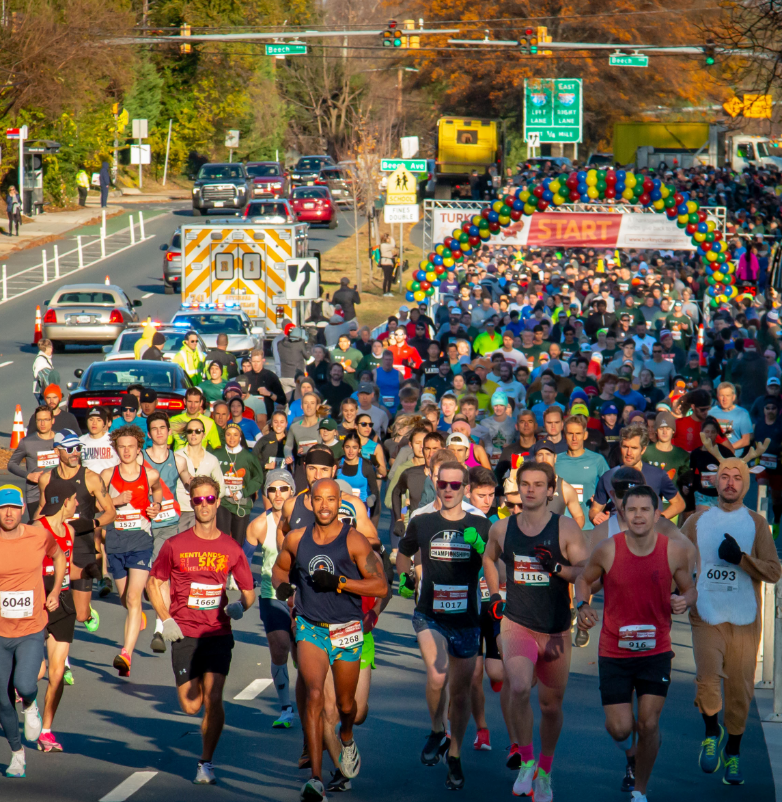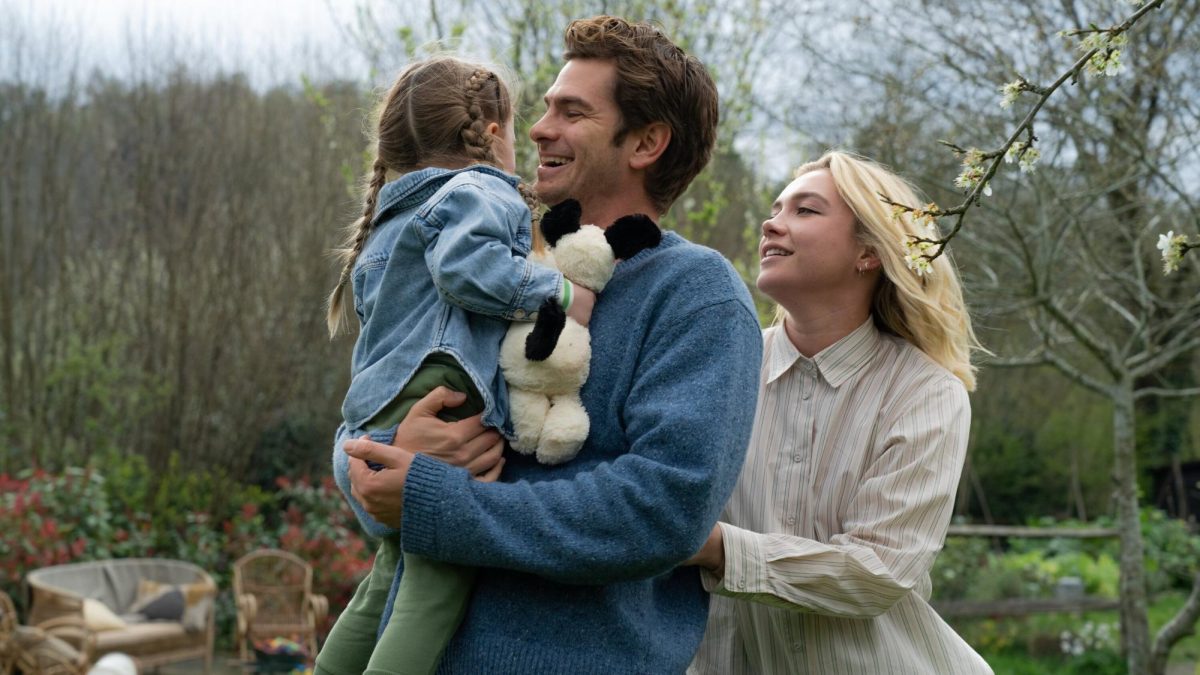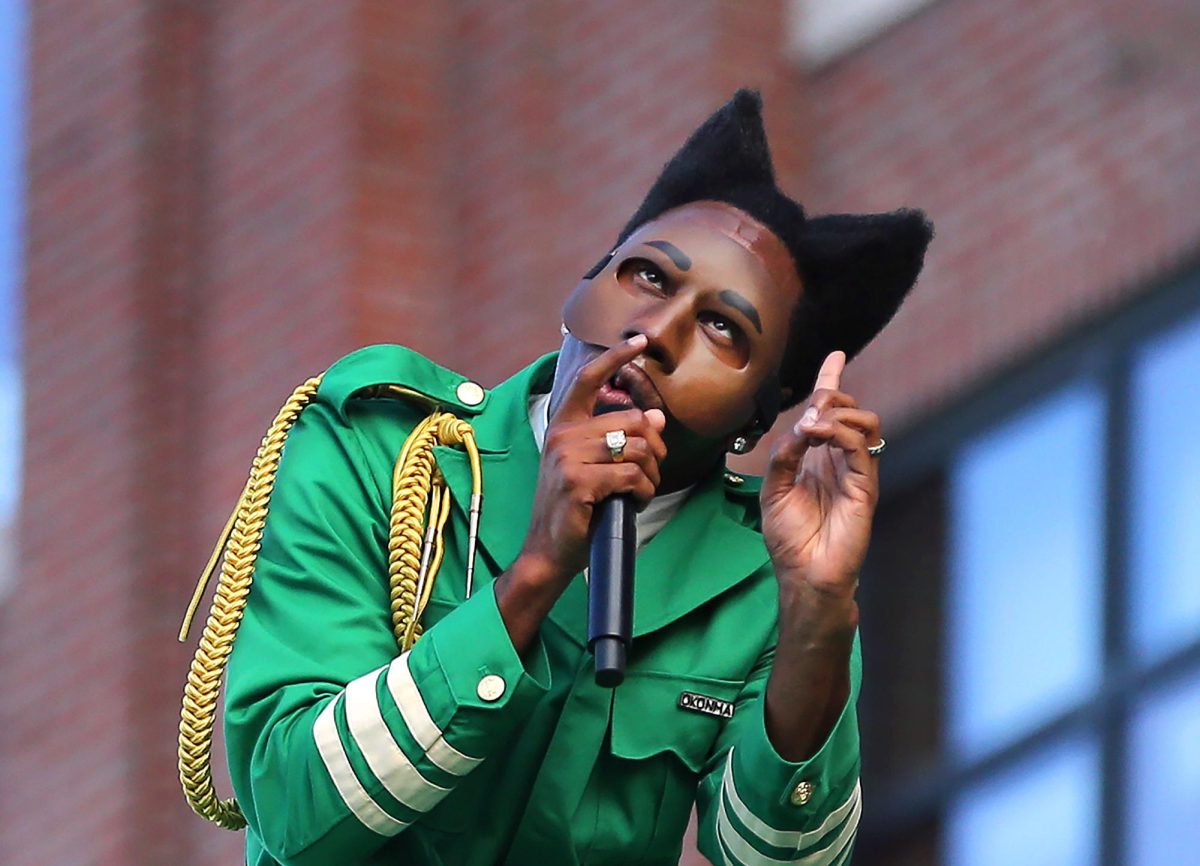Tracking oncoming snowstorms seems to be an increasingly popular activity for Whitman students and weather fans across the area. But alum Dan Stillman (’94) has been following weather patterns for years, first as a hobby and now in his current position as lead meteorologist for the Capital Weather Gang, a weather blog run by the Washington Post. The Black & White chatted with Stillman about his interest in the weather, his favorite storms to cover and the link between extreme weather and climate change.
Black & White: How did you become interested in meteorology and get involved with the Capital Weather Gang?
Dan Stillman: I was always interested in the snow forecast from elementary and middle school, when it was going to snow, and maybe get out of school or at least get a delay. I did it to the extreme because I would flip around to the local T.V. channels, the weather segments, and see the weather forecast and follow the storms as they were approaching. So [my interest] kind of started from that.
The chief meteorologist of Capital Weather Gang, Jason Samenow, started CWG as his own personal blog about the D.C. area’s weather. He started to grow that, [hired some assistants and] began to recruit, realizing he couldn’t really maintain it by himself. He tried to recruit D.C. area meteorologists who were around his age, and he reached out to me. At that time I had written a few stories for Kids Post in the Washington Post about the weather. And he reached out to me, I came on the team, and eventually became part of the management team.
B&W: Do you have any experiences or memories from Whitman that inspired you to become interested in science or the weather in general?
DS: Well, I was on The Black & White, so my background is sort of dual science and meteorology, but also communications, journalism and marketing. I went to the University of Michigan and worked on the newspaper there, which was a big part of my life. I eventually worked towards merging my experience in communications, journalism and marketing with the science and meteorology, and so Capital Weather Gang was kind of a natural fit for that.
B&W: Why do you think CWG has become so popular and critically acclaimed today?
DS: We got noticed by the Washington Post, five or six years ago. They saw what we were doing, saw the growing interest in weather, and we moved over to the Washington Post.com website. And since then, there’s been a lot more exposure, really since the Snowmageddon winter of 2009-2010, that was a pretty big bump up in exposure and readership. People were always interested in the weather, but I think they’ve become more interested in recent years, because, whether it’s true or not, it’s perceived that the weather has been more unusual, more wild, than it’s been in the past.
B&W: Do you think that the increase in wild or unusual weather is linked to climate change?
DS: Well, you could write a hundred thousand volumes on what climate change does and how it relates to day-to-day weather, and any changes we’re seeing. I think the bottom line of what the research shows now is that in many ways the change in climate increases the odds of extreme weather occurring. You may not be able to pinpoint a certain event, but it increases the odds that it may occur, and that it may be more extreme than it’s been in the past.
B&W: What have been your favorite storms to see or cover as a meteorologist?
DS: We never saw anything like that Snowmageddon winter. The December storm and the two February storms, all three of them were just massive. I think that winter as a whole leaves a lasting memory for me, and probably for most people. The other one, which I think was almost as impactful in some ways, was the Derecho in June of 2012. I think I don’t think I’ve seen anything [like that], because of the amount and the coverage of power outages. For a time there, from the first day into the second day, the entire area was without power. And there were a lot of people who didn’t get it back for several days. That’s one of the more memorable ones, just because of the widespread impact on the entire Washington area.
B&W: What do you think of people becoming their own basement meteorologists?
DS: It’s great that anyone can access most of the model information that’s out there, and it gives the young aspiring meteorologists a great opportunity to kind of see what everyone’s seeing, even what the professionals are looking at. You combine that with social media, and there have been some instances in recent tasks, where the amateur meteorologist will post something about a huge snowstorm that’s coming when that may not be the case, and that’s kind of gone viral, and gone a bit out of control, and confused the public in some ways, you know the realistic odds that there will be a big storm coming. But I think all in all it’s great for the aspiring meteorologist; the information is really at your fingertips.








